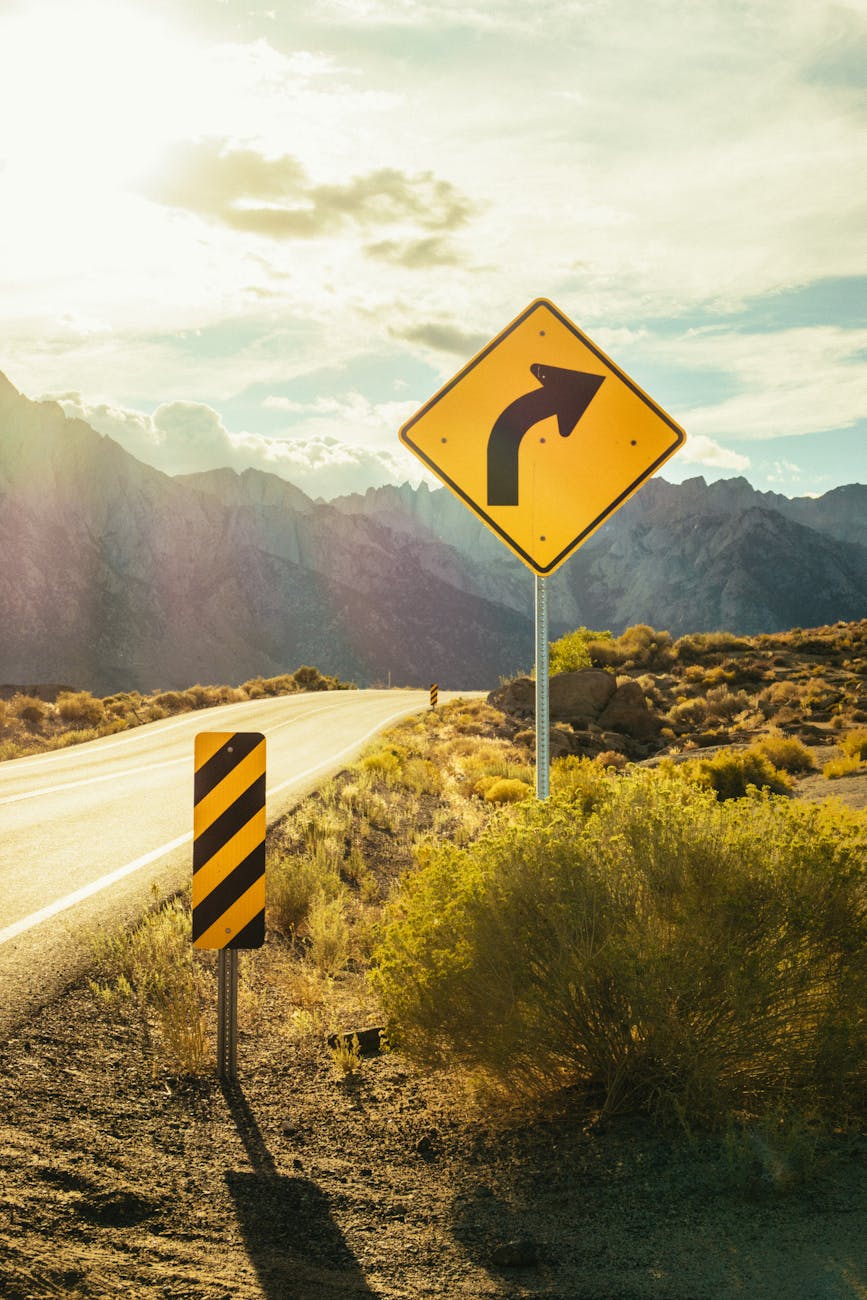By Shashikant Nishant Sharma
Road signs and symbols are the silent communicators of our highways and byways, speaking a universal language understood by drivers around the world. From the simple yet essential stop sign to the intricate markings guiding us through complex intersections, these visual cues play a crucial role in ensuring safety and order on our roads. Let’s delve into the world of road signs and symbols to better understand their significance and the messages they convey.

The Purpose of Road Signs and Symbols
At their core, road signs and symbols serve as a means of communication between road users and traffic authorities. They provide vital information, warnings, and regulatory instructions to drivers, pedestrians, and cyclists, helping them navigate the road network safely and efficiently. Without these visual aids, the chaos and confusion on our roads would be palpable, leading to increased accidents and congestion.
Types of Road Signs
Road signs can be categorized into several types based on their purpose and function:
- Regulatory Signs: These signs enforce traffic laws and regulations. Examples include stop signs, speed limit signs, and no-entry signs.
- Warning Signs: Warning signs alert drivers to potential hazards or changes in road conditions ahead. They include signs for sharp curves, slippery roads, pedestrian crossings, and animal crossings.
- Guide Signs: Guide signs provide information about directions, destinations, distances, and services available along the route. They include signs for exits, highway interchanges, rest areas, and tourist attractions.
- Informational Signs: Informational signs convey non-regulatory information, such as parking regulations, historical markers, and points of interest.
- Construction and Maintenance Signs: These signs inform drivers of ongoing roadwork, detours, and temporary changes to traffic patterns.
Understanding Road Symbols
In addition to signs with written messages, road users encounter various symbols that convey important information at a glance. Some common road symbols include:
- Arrow Markings: Arrows indicate the direction of travel, lane usage, and traffic flow. They are essential for guiding drivers through intersections, ramps, and lane merges.
- Pedestrian Symbols: Pedestrian symbols depict crosswalks, pedestrian zones, and pedestrian crossing points, reminding drivers to yield to pedestrians and exercise caution.
- Bicycle Symbols: Bicycle symbols mark dedicated bike lanes, shared roadways, and bike crossings, promoting safe interaction between cyclists and motorists.
- Lane Markings: Lane markings, such as solid lines, dashed lines, and chevrons, delineate lanes, indicate permissible maneuvers, and regulate traffic flow on multi-lane roads.
- Railroad Crossing Symbols: These symbols warn drivers of upcoming railroad crossings, prompting them to stop, look, and listen for approaching trains.
The Importance of Road Sign Recognition
Recognizing and understanding road signs and symbols is a fundamental aspect of safe driving. By obeying these visual cues, drivers can anticipate road conditions, adjust their speed and behavior accordingly, and avoid potential accidents. Additionally, familiarity with road signs is essential for passing driving exams and obtaining driver’s licenses in many jurisdictions.
Conclusion
Road signs and symbols are the unsung heroes of our transportation infrastructure, guiding us through the complexities of the modern road network. From directing traffic to promoting safety and efficiency, these visual aids play a vital role in shaping our driving experiences. By understanding the language of the road, drivers can navigate with confidence, knowing that each sign and symbol is a beacon of information guiding them toward their destination safely.
References
Agarwal, S., & Sharma, S. N. (2014). Universal Design to Ensure Equitable Society. International Journal of Engineering and Technical Research (IJETR), 1.
Dehalwar, K. Institute of Town Planners India is Dedicated to Planning Education and Development in India.
Dewar, R., & Pronin, M. (2023). Designing road sign symbols. Transportation research part F: traffic psychology and behaviour, 94, 466-491.
Greenhalgh, J., & Mirmehdi, M. (2012). Real-time detection and recognition of road traffic signs. IEEE transactions on intelligent transportation systems, 13(4), 1498-1506.
Krampen, M. (1965). Signs and symbols in graphic communication. Design Quarterly, (62), 1-31.
Merriman, P., & Jones, R. (2009). ‘Symbols of Justice’: the Welsh Language Society’s campaign for bilingual road signs in Wales, 1967–1980. Journal of Historical Geography, 35(2), 350-375.
Sharma, S. N. Leveraging GIS for Enhanced Planning Education.
Zwahlen, H. T., & Schnell, T. (1999). Legibility of traffic sign text and symbols. Transportation research record, 1692(1), 142-151.

You must be logged in to post a comment.